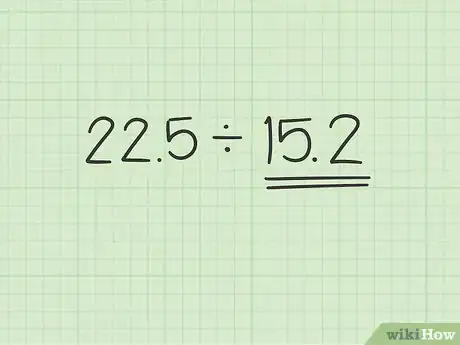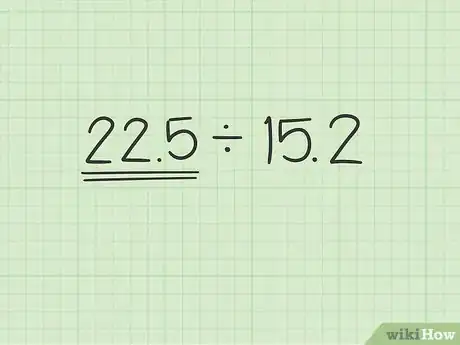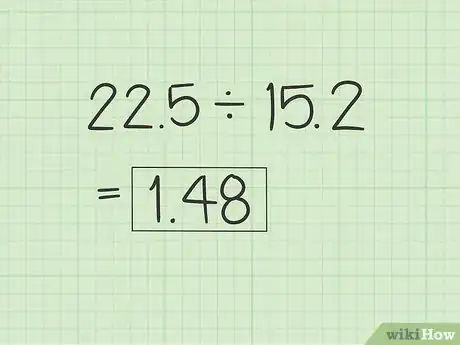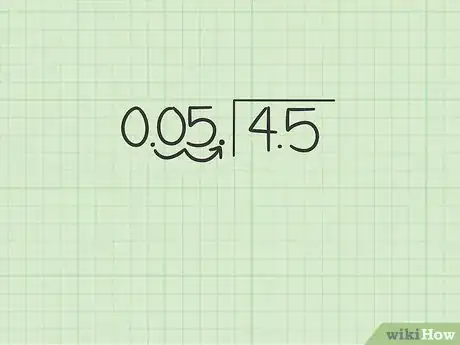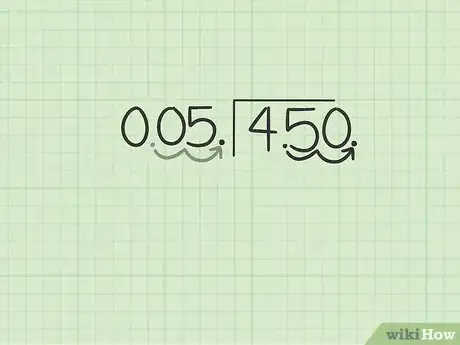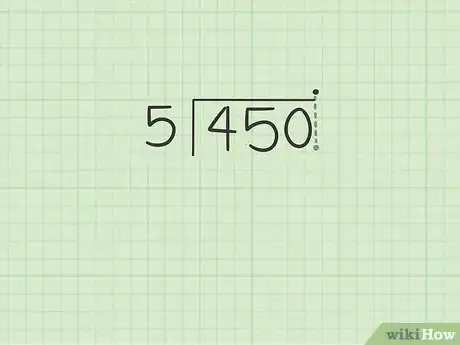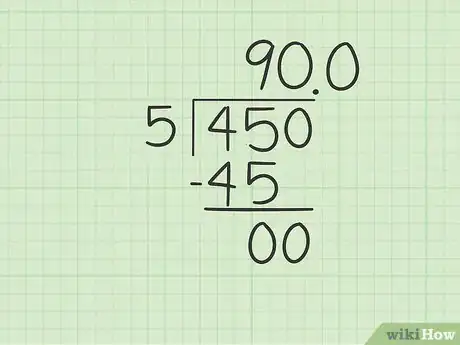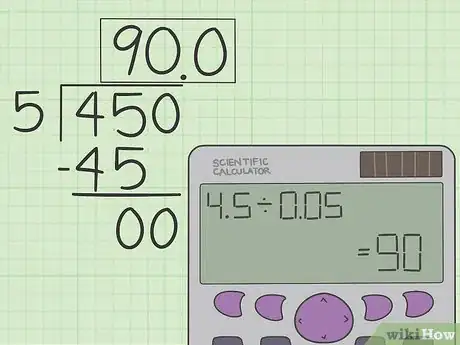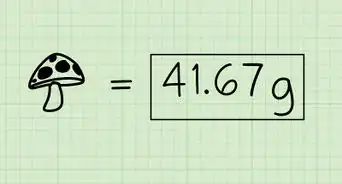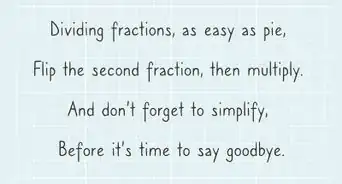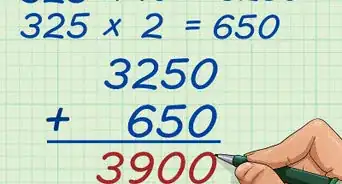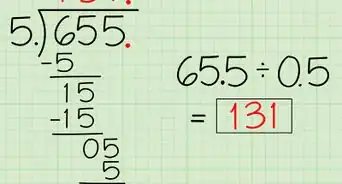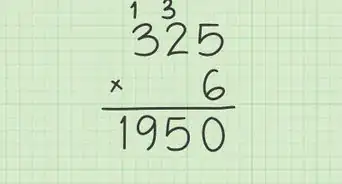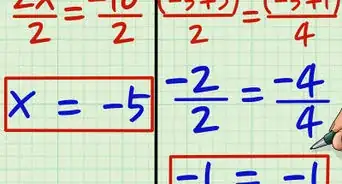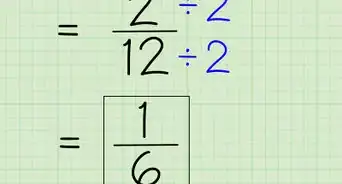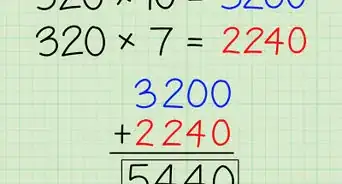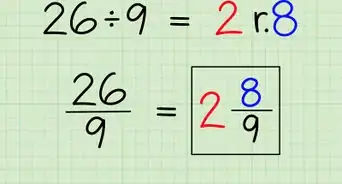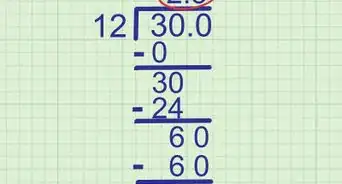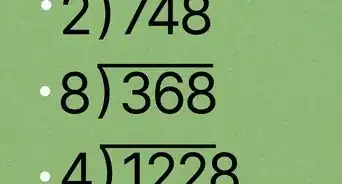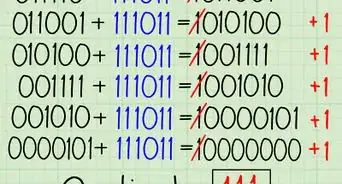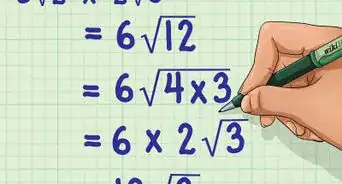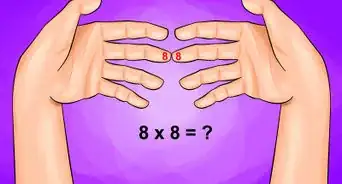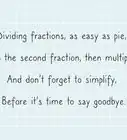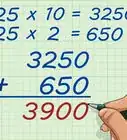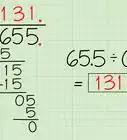This article was co-authored by wikiHow staff writer, Jessica Gibson. Jessica Gibson is a Writer and Editor who's been with wikiHow since 2014. After completing a year of art studies at the Emily Carr University in Vancouver, she graduated from Columbia College with a BA in History. Jessica also completed an MA in History from The University of Oregon in 2013.
This article has been viewed 363,008 times.
Learn more...
If a few decimals are making division challenging for you, simplify the process by learning how to move the decimals. By moving the decimal of the divisor, you'll be dividing by a whole number. Just remember to also move the decimal for the number that you want to divide. Then check your work to ensure that you've placed the decimals properly and gotten the correct answer.
Steps
Dividing with Decimals
-
1Find the divisor. This is the number that's being divided by. So if you have an equation such as 22.5 ÷ 15.2, 15.2 is this divisor. If the numbers are separated by a dividing line, the divisor is the number to the left of the bracket.[1]
-
2Locate the dividend. The dividend is the number that's being divided. For example, if your decimals are written like 22.5 ÷ 15.2, then 22.5 is the dividend.[2]
- If the numbers are separated by a dividing line, then the dividend is the number to the right of the bracket.
Advertisement -
3Calculate the problem to get the quotient. When you divide the dividend by the divisor, the answer you get is called the quotient. This can be written above the dividing line.
- For example, the quotient of 22.5 ÷ 15.2 is 1.48.
Checking Your Results
-
1Move the decimal if the divisor is a decimal. If your divisor has a decimal, move the decimal to the right until it's a whole number. For example, if the divisor is 0.05 move the decimal two places to the right to get 5.[3]
- If you have more than 1 number after the decimal, keep moving the decimal until the number is whole. For example, with 43.52 the decimal will move 2 places so you get 4352.
- If your divisor is a whole number, you don't need to move the decimal.
-
2Move the decimal for the dividend if necessary. If you moved the decimal for the divisor, you also need to move the decimal for the dividend. Move it the same number of places. This may mean that you'll need to add zeroes if necessary.[4]
- For example, if you have 4.5 ÷ 0.05 and you move the decimal by 2 places, you'll get 450 ÷ 5.
- Consider rewriting the problem so you don't make simple errors.
-
3Move the decimal point directly up above the division bar. Place the decimal point right above the decimal point that's in the dividend.[5]
- So if you moved the decimal 2 places to the right, it would be above the bar and right after the 0 below it.
-
4Divide the problem as usual. Work from left to right and see how many times the divisor can go into the dividend. Place the quotient above the line and don't move the decimal point.
- For example, since 5 doesn't go into 4, see how many times it goes into 45. Because 5 goes into 45 nine times, place a 9 above the line followed by a zero.
-
5Check your work with a calculator or by multiplying. If you need to show your work, multiply the quotient you got by the original divisor. You should get the original dividend if you've divided the problem correctly.
- For example, to check 4.5 ÷ 0.05 = 90, check to see that 90 x 0.05 = 4.5.
Community Q&A
Did you know you can get answers researched by wikiHow Staff?
Unlock staff-researched answers by supporting wikiHow
-
QuestionCan you divide decimals without a calculator?
 wikiHow Staff EditorThis answer was written by one of our trained team of researchers who validated it for accuracy and comprehensiveness.
wikiHow Staff EditorThis answer was written by one of our trained team of researchers who validated it for accuracy and comprehensiveness.
Staff Answer wikiHow Staff EditorStaff Answer
wikiHow Staff EditorStaff Answer -
QuestionHow do you divide decimals in your head?
 wikiHow Staff EditorThis answer was written by one of our trained team of researchers who validated it for accuracy and comprehensiveness.
wikiHow Staff EditorThis answer was written by one of our trained team of researchers who validated it for accuracy and comprehensiveness.
Staff Answer wikiHow Staff EditorStaff AnswerYou’d do this basically the same way you do any other division in your head, except that you have to keep track of where the decimal point belongs. To make it easier, multiply both numbers by 10 (or some multiple of 10) to get the decimal point out of the way in the divisor. Once you’ve calculated the answer, mentally put the decimal point where it belongs above the decimal point in the dividend.
wikiHow Staff EditorStaff AnswerYou’d do this basically the same way you do any other division in your head, except that you have to keep track of where the decimal point belongs. To make it easier, multiply both numbers by 10 (or some multiple of 10) to get the decimal point out of the way in the divisor. Once you’ve calculated the answer, mentally put the decimal point where it belongs above the decimal point in the dividend. -
QuestionHow do you divide a decimal by a whole number?
 wikiHow Staff EditorThis answer was written by one of our trained team of researchers who validated it for accuracy and comprehensiveness.
wikiHow Staff EditorThis answer was written by one of our trained team of researchers who validated it for accuracy and comprehensiveness.
Staff Answer wikiHow Staff EditorStaff AnswerThis may seem tricky, but fortunately, it works pretty much the same way as long division! Put a decimal point above the dividend on top of the division bar, directly over the point in the dividend. Then, pretend the point isn’t there and solve the problem as you normally would with 2 whole numbers. When you’re done, the decimal point will be in the correct place.
wikiHow Staff EditorStaff AnswerThis may seem tricky, but fortunately, it works pretty much the same way as long division! Put a decimal point above the dividend on top of the division bar, directly over the point in the dividend. Then, pretend the point isn’t there and solve the problem as you normally would with 2 whole numbers. When you’re done, the decimal point will be in the correct place.
References
About This Article
To divide decimals, start by moving the decimal point in the divisor all the way to the right so it's a whole number. Then, move the decimal in the dividend the same number of places to the right. Next, place a decimal point above the division bar directly on top of the decimal point in the dividend. Finally, divide the numbers as you normally would. Remember to include the decimal point above the dividend bar in your answer. If you want to learn how to check your answers with multiplication, keep reading!
